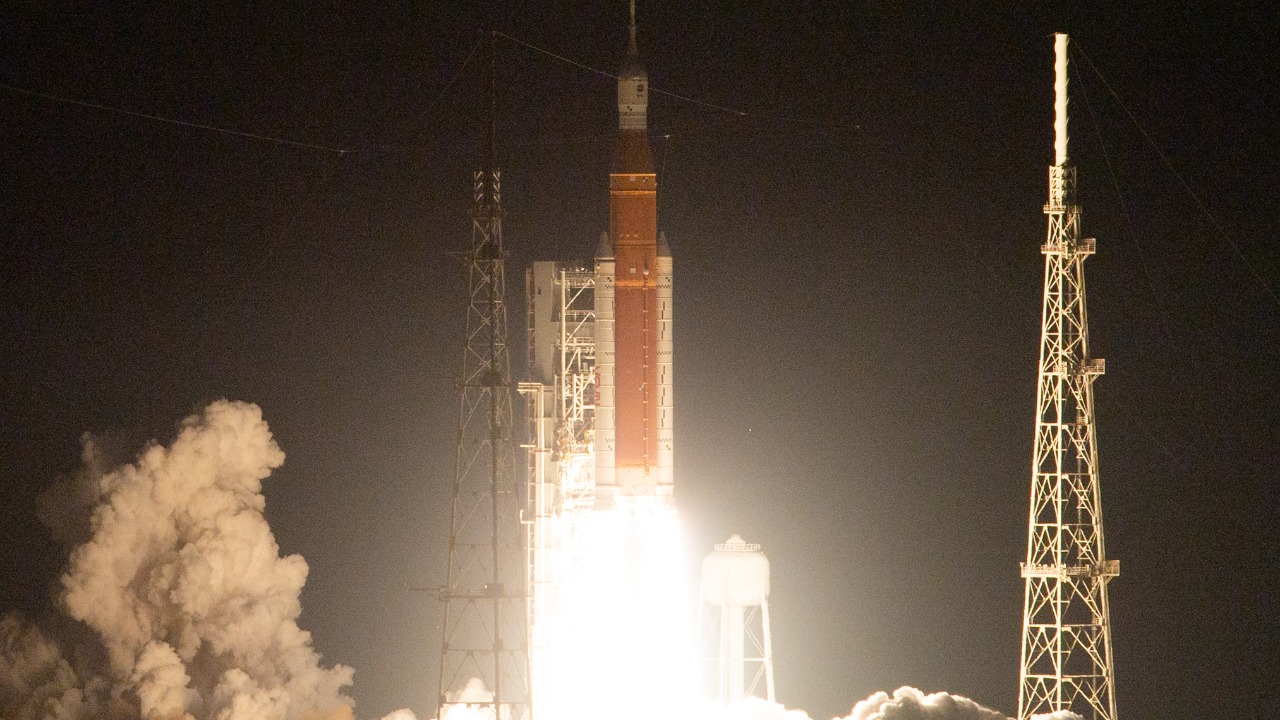
SpaceX has recently pulled the curtains off a new, “simpler” moon lander, a move aimed at accelerating NASA’s Artemis missions. This streamlined version of the Starship lander is designed to facilitate quicker returns to the lunar surface, including landing US astronauts on the moon. This development comes in the wake of NASA’s recent decision to open competition for the Artemis III lunar lander, thereby intensifying the push towards crewed lunar exploration.
Background on NASA’s Artemis Program
The Artemis program, a cornerstone of NASA’s lunar exploration plans, aims to establish a sustainable human presence on the moon. SpaceX has been contracted as a key partner for lander development, playing a crucial role in the program’s success. The timeline for the Artemis missions is ambitious, with Artemis III targeting the first crewed lunar landing since the Apollo missions, building on the foundation laid by uncrewed precursors like Artemis I.
NASA’s approach to the Artemis program emphasizes international and commercial collaboration. The agency has initiated competitions to select lander providers, a strategy that not only fosters innovation but also ensures the best solutions for lunar exploration.
SpaceX’s Evolving Starship for Lunar Missions
SpaceX’s Starship serves as the baseline vehicle for the human landing system. The recent unveiling focused on a “simpler” variant of the Starship, designed to reduce complexity in lunar operations. This new version stands in contrast to prior iterations of Starship lander designs, which were more complex. The updated version prioritizes reliability and speed, key factors in the success of lunar missions.
Photos and visuals from the unveiling event showcase the lander’s configuration for moon landings. The design reveals a commitment to practicality and efficiency, underlining SpaceX’s dedication to the Artemis missions.
Key Simplifications in the New Lander Design
The new lander design has seen the removal of non-essential components to streamline the vehicle. Simplified propulsion or docking systems are examples of such changes, all aimed at expediting Artemis timelines. Despite these simplifications, the lander remains integrated with Starship’s overall architecture, preserving core capabilities like in-orbit refueling while cutting development hurdles.
These changes are a direct response to NASA’s requirements for the Artemis III lunar lander. The new design aligns with the competition opened by NASA on October 21, 2025, and demonstrates SpaceX’s commitment to meeting NASA’s specifications.
Acceleration of Moon Return Timelines
The simpler lander could potentially advance the schedule for crewed lunar missions, enabling earlier flights under the Artemis framework. This aligns with SpaceX’s iterative approach to testing and deployment, as reported on November 8, 2025. The company’s strategy of rapid prototyping and deployment could prove beneficial in achieving NASA’s goal of sustainable lunar exploration.
However, this approach is not without its risks. While faster prototyping cycles could speed up the moon return, they also increase the chances of unforeseen issues cropping up during missions. Despite these potential challenges, the benefits of a quicker return to the moon are significant.
NASA’s Lunar Lander Competition Dynamics
NASA’s competition for the Artemis III lunar lander, announced on October 21, 2025, invites proposals from multiple providers. SpaceX, with its new simpler lander reveal, is well-positioned to strengthen its bid for the human landing system contract. The competition evaluates proposals based on various criteria, including reliability, cost, and integration with the Orion spacecraft.
The dynamics of this competition could significantly influence the future of lunar exploration. The winning design will play a crucial role in safely landing astronauts on the moon and establishing a sustainable human presence there.
Implications for US Astronauts and Future Missions
The lander’s primary role is to safely land US astronauts on the moon. The unveiling of the simpler design on November 10, 2025, emphasized this objective. However, the lander’s impact extends beyond this immediate goal. It could influence subsequent Artemis missions, including South Pole exploration and base-building efforts.
The simpler design also supports long-term goals like Mars preparation. While the immediate focus remains on lunar objectives, the new lander design is a step towards broader space exploration goals. This development underscores SpaceX’s commitment to advancing human space exploration, from the moon to Mars and beyond.
More from MorningOverview